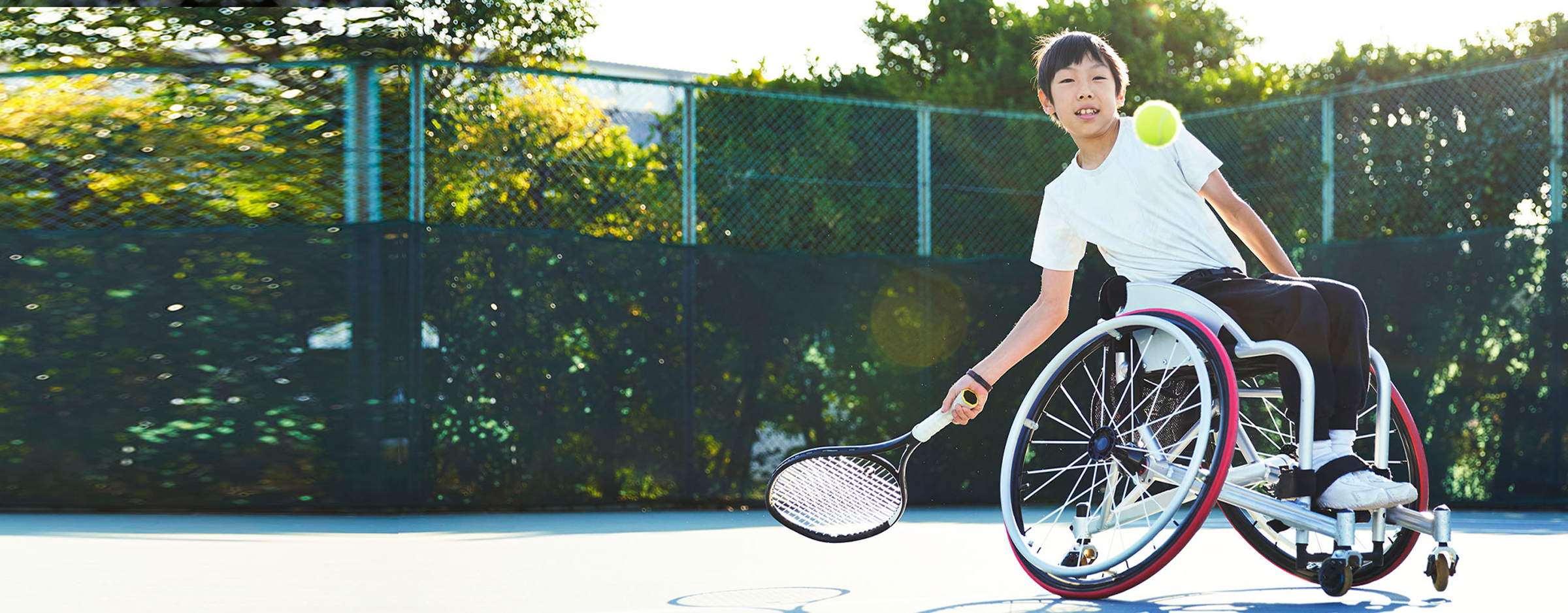
If you've just learnt that your child will need to catheterise, both you and your child will probably have a lot of questions. We've collected together some common questions asked by both parents and kids.
Why Do I Have to Use Catheters?
For you to be able to have a wee, your bladder and brain need to be able to talk to each other. The bladder needs to say ‘I need to be emptied’; the brain needs to reply ‘get to a toilet, and let your muscles relax so you can do a wee’ and the bladder needs to reply ‘I am empty now, thanks, the muscles can tighten again’. Without talking to each other the brain doesn’t know that you need to have a wee, so it can’t tell your bladder to squeeze your wee out, and it can’t tell it to stop peeing either. Catheters help you to get all your wee out when your bladder and brain are not able to talk to each other.
Does It Hurt?
It may feel a bit strange at first, but it doesn’t hurt.
Can I Do It Wrong?
Sometimes it’s a bit hard to put the catheter in. If this happens try taking a deep breath and then coughing, this can relax the right muscles so it goes in easier! If you are a girl and no wee comes out, you may have put the catheter in the wrong hole. Get another catheter and try again, you can use a mirror if you like so you can see where it’s going.
Can the Catheter Disappear Inside My Body?
No, it can never go any further than your bladder, so it won’t get lost. It can’t poke a hole in your bladder either, as it bends when it hits the inside of your bladder.
Is it Enough to Empty My Bladder in the Morning and Before Bed Time?
Only if this is what your doctor or nurse told you. Otherwise no. If the wee stays in the bladder too long it can make you ill. Children normally need to have a wee 5 to 7 times a day, this can mean that you have to do the same. Always try and use your catheter as many times a day as your nurse or doctor tells you to.
Can I Drink Less and Catheterise Less?
No, your body needs water to function and peeing is good because it gets rid of bacteria (like little bugs) from your body.
Why Do I Get Urinary Tract Infections?
Most kids get urinary tract infections (UTIs) because they are not too good at washing their hands (just like some adults!). If bugs on your hands get onto your catheter they go into your bladder and cause infection. Bugs can also get on your catheter if it touches your clothes or the toilet before you use it. If that happens you should throw it away and use a clean one. This is all made worse if you do not drink enough or if you don’t empty your bladder properly. You should always wait until no more wee comes out before you take your catheter out, even if you are in a rush. Talk to your doctor or nurse about how much you should be drinking.
Why Is It Sometimes Difficult to Get My Catheter In?
If your bladder is really full, the little tap at the bottom of your bladder might be squeezing extra tight to stop you from leaking. If you sit on the toilet and use your tummy muscles to gently squeeze a bit of wee out first, you will probably find that your catheter will go in more easily. Sometimes taking a deep breath and coughing can help as it relaxes your muscles and lets the catheter go all the way into your bladder.
How Come I Sometimes Dribble Wee In Between Using My Catheters?
If you leave it too long between catheterisation, your bladder will be too full, and that wee has to go somewhere! You need to make sure you use your catheters as often as your nurse has told you to. Sometimes the tap at the bottom of the bladder doesn’t work very well and so you leak even if you are using your catheters really well. If this is happening make sure you speak to your specialist nurse who will be able to help.
Do I Have To Tell My Teacher?
It is a good idea to let your teacher or school nurse know because sometimes you may need help. You can ask your mummy or daddy to tell them for you if you like, or you can tell them together. Teachers are very good at reminding you when you need to go to the toilet if you forget, and they won’t tell anyone else that you use a catheter.
Do My Friends Have To Know?
You can decide who you want to tell about your catheters - you don’t have to tell anyone if you don’t want to - or maybe just one or two close friends. It’s your choice. Remember that once you have told someone – you can’t un-tell them. If you fall out with them, they may tell other people. Sometimes it’s safer to tell someone you don’t see at school, like if you do any out of school activities. Friends there may feel safer to tell because they don’t know your other friends and you are less likely to get into arguments with them. If you are not sure who to tell, then speak to your parents or nurse first, as they will usually be able to help you. Your nurse may even be able to tell you about other people who use catheters and can be your new friends. You will be able to talk to each other more easily, as you will both know what it’s like to use a catheter.
Can Anyone Tell I Am Using a Catheter?
No one can tell that you pee using a catheter. They will only know if you tell them.
Can I Go On School Trips?
Of course you can! Just don’t forget to take enough catheters with you. You can even take catheters with their own water and bag if you’re going to a place where there isn’t a toilet nearby. Your nurse can show you these.
Can I Go Swimming?
Yes you can, children who use catheters can swim as much as they like and it’s lots of fun!
Children's Bladder Health
Children will need to use a catheter to pee if they are not able to do so by themselves. Here we explore the options.
